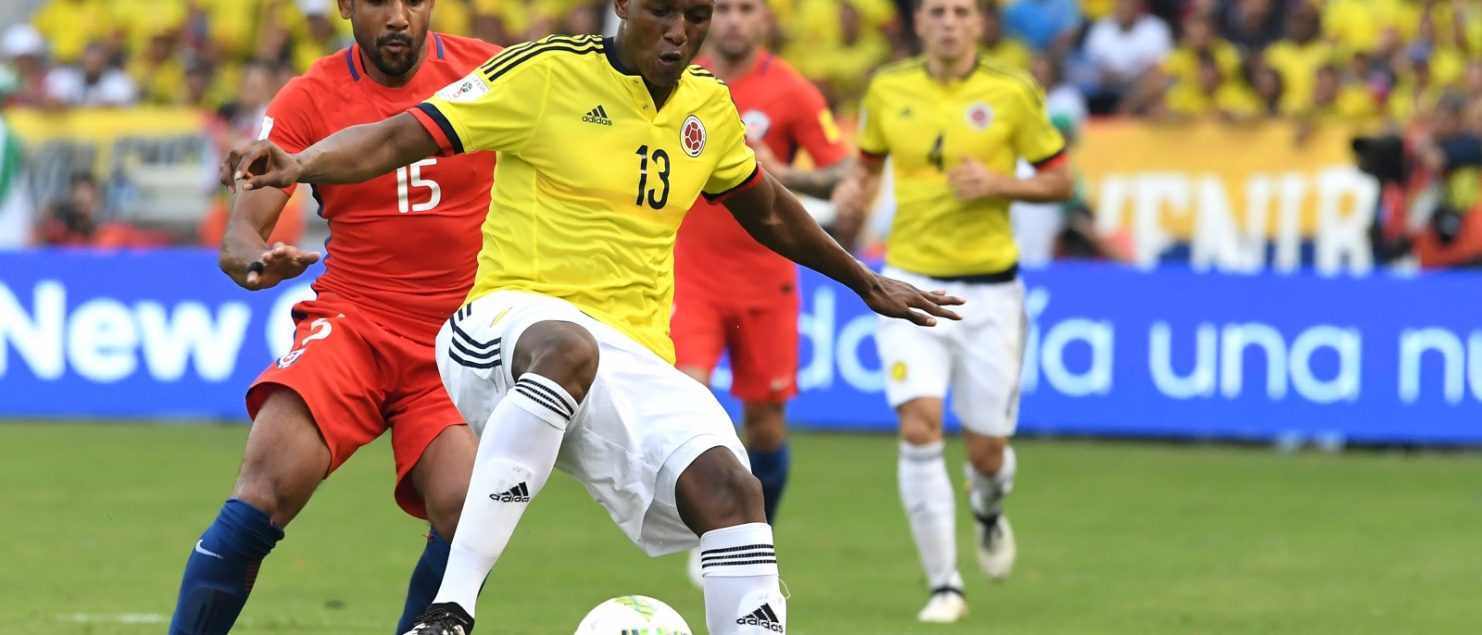The Rise of the Centre-Back; from World Cup to Club Season
The centre-back; often disregarded or underrated in some way or another – despite being one of the, if not the, most important positions in the sport. The centre-back’s duty is typically to sit in the central heart of the defence, usually alongside one or two fellow centre-backs; with a variety of different sub-duties and responsibilities – varying dependent on the player’s strengths and traits.
At the 2018 FIFA World Cup, centre-backs were at the forefront of media attention; down to some stand-out performances that almost redefine the way most people think about the centre-back (in a classical sense.) 110 different players scored goals at this summer’s World Cup, 20 of those players were centre-backs; a few of whom were amongst the 26 players to score more than once at the World Cup: John Stones with 2, Andreas Granqvist with 2 and Yerry Mina with 3 – Mina therefore the joint 7th top scorer in the tournament.
What was responsible for this flurry of increased goal-scoring from defenders? To put it into comparison, only Mats Hummels scored more than once in the 2014 World Cup and just 10 centre-backs found the back of the net at all. Football has evolved a lot over the past four years; a lot of teams found success in possession-based football in the past yet the game is much quicker now, allowing for more teams to play fluid attacking football. Looking at the Premier League gives us the perfect example of this; and perhaps a clue as to why the centre-backs have started to shine.
A look at some of the best teams in England at the moment, the big six to be precise, reveals a collection of some of the best forwards in the world. Arsenal have Alexandre Lacazette and Pierre-Emerick Aubameyang yet a notoriety for error-prone defenders. Liverpool have a devastating front three in Mohamed Salah, Sadio Mane and Roberto Firmino but, before the signing of Virgil Van Dijk, were starting a centre-back pairing of Dejan Lovren and either Ragnar Klavan or Joel Matip. Manchester United, too, have some of the strongest attackers in the game, with Alexis Sanchez, Romelu Lukaku and Anthony Martial, yet their defence consists of injury-prone and inconsistent centre-backs.
A lot of teams are now approaching games with a ‘outscore the opposition’ mind-set, not focused on shoring up the back but on attacking the game, trying to score as many goals as possible. To keep up with the game, centre-backs are having to evolve with it – changing their style to fit a more attacking mentality. Although there have always been ball-playing defenders, they are now more prevalent than ever; with a high price-tag attached to a centre-back who can both turnover possession and launch the ball from defence to attack.
Set-pieces have also played a part of the rise of the centre-back over the summer. Take England, for example. They perfected a corner routine to an extent where a high percentage of their goals came from set-pieces. With this, John Stones found the back of the net twice and Harry Maguire once.
Last season, Stefan de Vrij scored six times in Serie A for Lazio and once in the Europa League, scoring more goals than the likes of Radja Nainggolan in the league. In this ever increasing game of attacking football, centre-backs scoring helps get those vital goals. Yerry Mina scored three for Colombia in the World Cup and has been promptly snapped up by Everton for around €30 million. This demonstrates the demand for defenders who aren’t afraid to score every now and then.
This season, all eyes will be on the centre-backs; especially in the Premier League. A number of managers have expressed their desire to concede less, considering the amount of goals that there has been in Premier League matches. It can be questioned though whether or not the current state of the centre-back will help concede less, or simply continue with the trend of scoring more.
By: Sam Wilson
Photo: Getty
